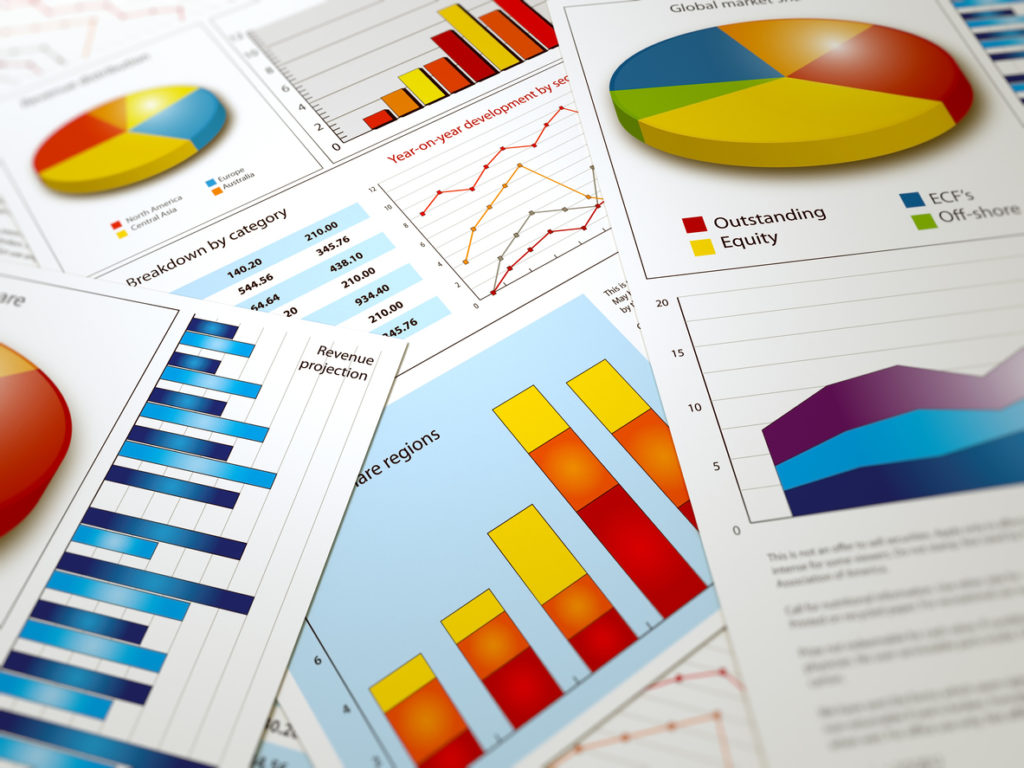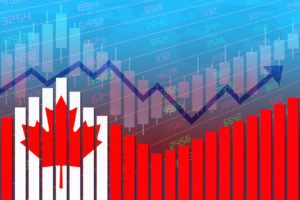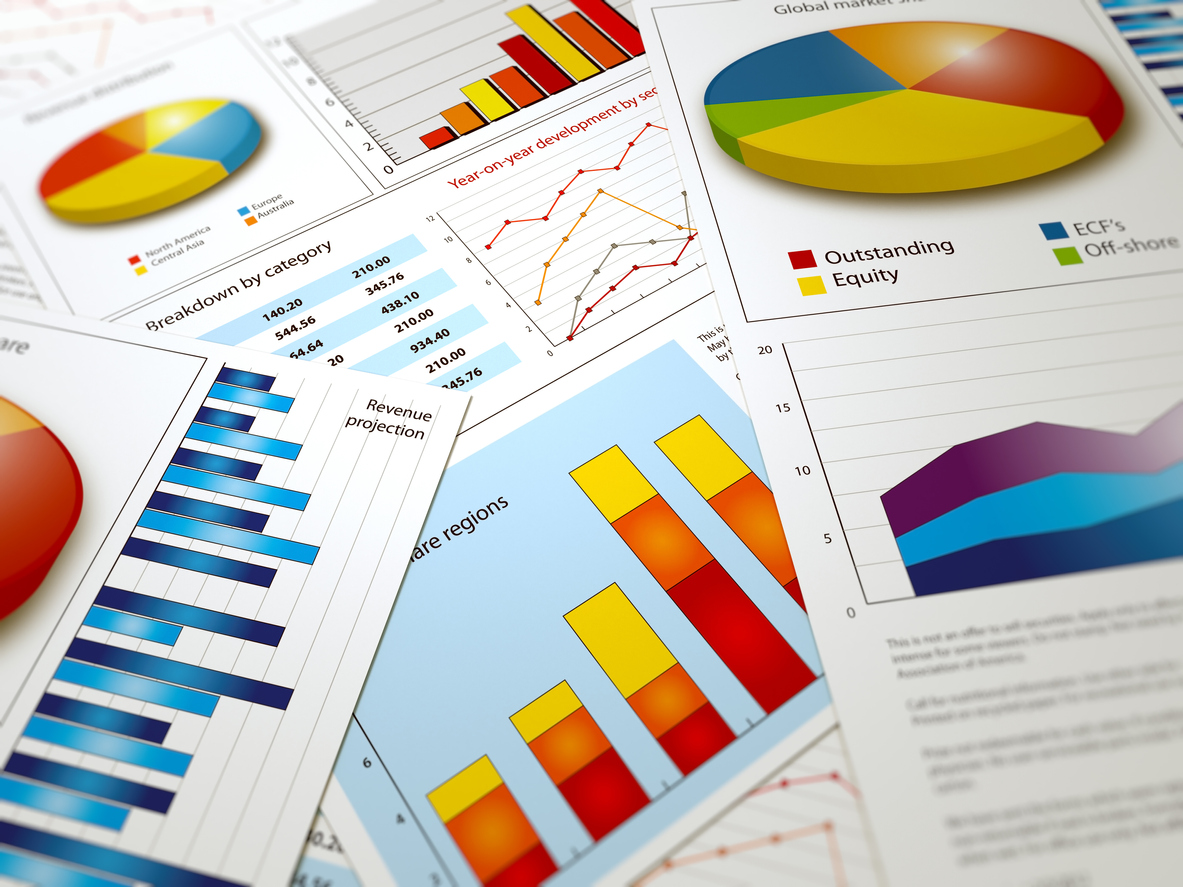
The media reporting today highlights countless geopolitical talking points that are calling for the end of the world. Global pandemic data routinely shakes the confidence of our population multiple times per day. The result…stock markets around the world are in a constant state of flux and volatility as fear is released into the system.
How does this translate into an article on why everyone should own equities? Let me break down the rationale:
One of the key points to remember over the last year is how governments and central banks have chosen to deal with helping out their citizens and businesses that are experiencing financial stress as a result of the current pandemic. The printing of money, trillions of dollars of fiat currency, has been injected into the systems basically overnight. Let’s not go down the path of if this was a good idea or not. Who knows…and what options do these central banks have at this point anyway. The fact is, it was done and now what?
When printed money is injected into the system at these levels, the fallout is unavoidable. Inflationary pressures eventually kick in, as more added money tends to dilute the currency that already existed. This is not an earth-shattering rationale — that as more money is added, the value of each dollar theoretically should be worth less and less. If only there was a way to figure out how our purchasing power of the dollar is being affected by adding all of this stimulus.
We do have the inflation rate that gets released and tracked by StatsCan, so that is where we can start. To begin, we need to define what inflation is and how the rate is determined.
What Is Inflation?

Inflation measures the annual percentage change in the general price level of a basket of predetermined goods and services in the CPI (Consumer Price Index)
By definition, inflation is calculated by subtracting the starting date CPI from the later date CPI and dividing the answer by the starting date CPI. Multiply the results by 100. Your answer is the inflation rate as a percentage.
The Consumer Price Index provides us with an indicator of the changes in the consumer prices experienced by Canadians. The goods and services in the CPI basket are divided into 8 major components:
- Food
- Shelter
- Household operations, furnishings, equipment
- Clothing and footwear
- Transportation
- Health and personal care
- Recreation, education, reading
- Alcoholic beverages, tobacco products, recreational cannabis
The issue that can arise is determining what is included in each major component and what weighting the calculation gives each item inside each component.
When we get our inflation numbers reported to us, the number almost always comes to somewhere between 0.5% and 3%. That said, do we know what our personal inflation rate would be? Don’t we all see our bills getting higher month over month and year over year?
Whatever manipulation takes place to calculate the CPI, and ultimately the inflation rate, most Canadians are left with an inflation rate that is much higher personally than the reported number for the country or the province where they live. Employing the strategy of laddered GIC portfolio for safety will not keep up with the inflationary pressures that most Canadians are experiencing.
How Can I Hedge Against Inflation?

The only hedge against inflation is buying into an asset class that automatically adjusts for an increase in the cost of living, coupled with the devalued currency. Determining that we need to have equity exposure is pretty straightforward, but how do we do it without falling victim to the daily noise and volatility that we have all experienced so far throughout 2020?
How do we sleep at night and not worry about the market? More importantly, how do we gain equity exposure without taking on excessive risk? This can only be achieved through the use of the strategies employed by institutional options trading desks.
By leveraging our relationships with the institutional trading desks that we do business with, we are proud to offer these solutions to our clients. These innovative strategies, which are proprietary to Terra Cotta Financial Group, effectively reduce risk while providing enhanced return potential.
If you are interested in learning more, feel free to reach out so we can begin the conversation around customizing a plan to suit your needs.
DAVE GAMBLE
Associate Portfolio Manager

